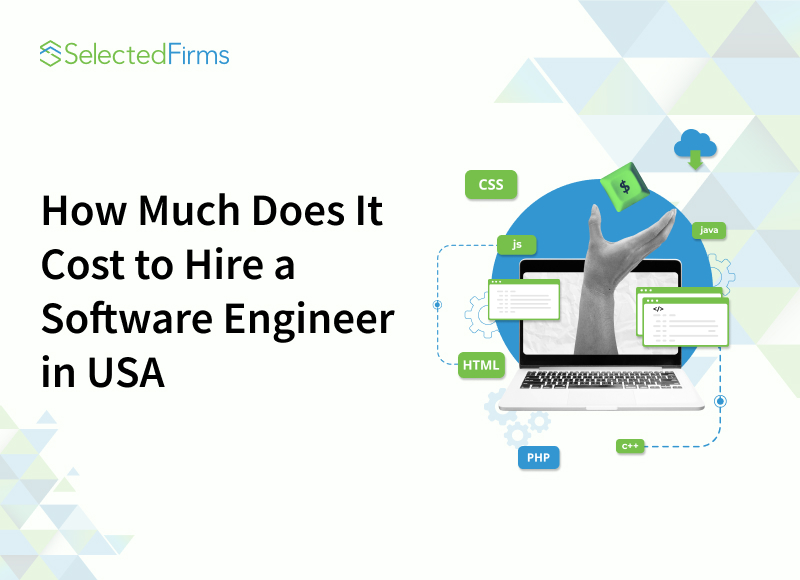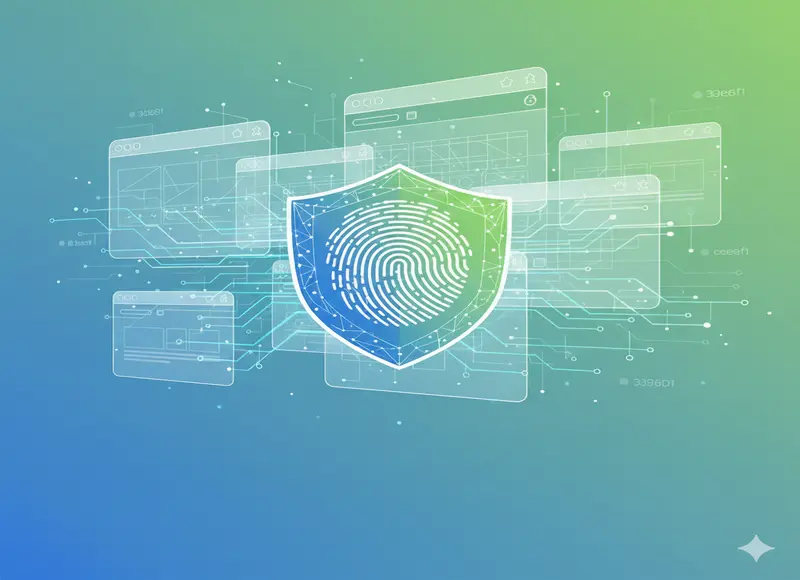Table of Contents
Discover how effective IT Asset Management drives sustainable growth in digital business, optimizing resources and enhancing operational efficiency for long-term success.

Running a business in the information age is full of challenges. From reaching the global marketplace digitally to competing for the very best industry talent and managing risk in the light of shifting cyber threats, there is much cause for concern.
Perhaps most importantly, however, when our companies increasingly depend on digital assets, sustainable growth in the future growth that will be meaningful or not begins directly with our ability to manage the adoption and life cycle of the IT technologies.
So, the top trends in business technology keep changing as and when the giants of the tech industry continue to develop and iterate. While to all of us, keeping in sync with the latest developments in technologies may seem to have obvious benefits, upscaling our IT infrastructure continuously is an affair full of complexity, time-consuming, and resource-intensive, provided the activity does not go wrong. This is where IT Asset Management acted as a revolutionizing approach towards enabling further evolution and growth for today's digital business.
In this piece, I'll discuss in detail just what ITAM is all about, how it can empower growth in digital businesses, and how the best IT service management software can support it.
Getting to grips with IT Asset Management
Therefore, first things first: What exactly is IT asset management, and what does it encompass?
In simple words, IT asset management is the process through which an organization deploys, maintains, upgrades, and disposes of IT technologies. This framework allows organizations to monitor the lifecycles of their IT assets as they use them very closely. The approach is applied to all kinds of IT assets, from hardware to software and cloud infrastructure, so that maximum value can be extracted from digital technologies in all kinds of operations.
The ITAM process typically follows a 5-phase model which reflects the lifecycle of IT assets themselves:
- Planning and analysis: An organization conducts due diligence to determine which assets are required for its operations and how they should be acquired and utilized. During this phase, cost-benefit analyses are commonly conducted to assess the financial viability of asset options.
- Acquisition: Once decisions have been made, the organization procures the relevant IT assets. This may involve purchasing hardware, developing or licensing software, or subscribing to software services.
- Implementation: With the assets procured, the organization begins deploying them. This can involve installation and configuration processes, as well as data migration, integration, and the creation of accounts for user access. Leadership also provides guidance on how new assets should be used and establish communications frameworks for technical support.
- Maintenance: Once new assets are deployed and in active use, they are monitored and maintained to ensure optimal functionality and longevity. This may involve updates and patches for installed assets, for example, upgrades to software services, or repairs to hardware.
- Retirement and disposal: When an asset degrades, loses access to provider support, or begins to show signs of inefficiency, it is considered to be reaching the end of its lifecycle.
At this point, the organization will cease to prioritize maintenance and begin the process of retiring and disposing of the asset. This means terminating any licensing and support agreements that might be in place, preparing for data migration, and identifying alternative solutions. At this point, the ITAM cycle begins anew.
How ITAM facilitates sustainable business growth
Now that we've explored the meaning of ITAM and what the process actually involves, we can answer the other burning question: how can ITAM empower sustainable growth at your business?
As it turns out, it can do this in several critical ways, so let's discuss them one by one.
ITAM supports agility and intelligent asset planning
Starting and running a digital business is simply always competing against the constant change in market landscapes and changing expectations of customers. The only way through which your organization might often be able to stay on top of your sector and succeed is by being agile in the sense of how it adapts time and again to the ever-changing demands of modern markets.
Since ITAM involves the continued evaluation of IT assets and the identification of potential alternatives, you are put in a position where one eye is always on the horizon. As such, you can be better prepared to adapt your processes and scale your operations accordingly when there are shifts in expectations and demand. This makes tech adoption a much simpler and more focused process, as ITAM ensures that you are already well-versed on which new solutions are compatible with existing systems by the time you need to implement them.
Additionally, this also reduces time to deployment, meaning that you can roll out changes more quickly and be the first to satisfy the evolving expectations of your target market. This kind of agility will ultimately bear fruit in terms of customer engagement, customer satisfaction, and revenue.
ITAM empowers resource-efficient digital transformation
It is a truism of modern business that digital transformation is a condition of actual success. Process optimization is the name of the game today. So when you decide to "stick with the tech you know," you are standing still.
You're effectively going backward because your competition is out there benefitting from the marginal gains that new technologies bring to the table. By embracing the principles of ITAM, however, you can create a framework that supports your key growth objectives by promoting efficient, effective digital transformations.
Since ITAM provides a systematic approach for you to assess the viability of new solutions, it can help you avoid the acquisition of assets that are redundant, unnecessary, and inefficient. Purchasing only assets that will make tangible improvements to your processes will allow you to streamline expenditures on new tech and prevent revenue leakage through ill-informed transformation efforts. The resources you save can then be invested in other strategic initiatives that will bring you closer to your organizational goals.
ITAM enhances productivity and operational continuity
IT asset management also plays a crucial role in enhancing productivity and the efficiency of operations in your organization. Since this practice monitors and controls all the IT assets used in your organization continuously, it ensures that your teams never operate without an operational tool in place to carry out their assigned tasks.
Moreover, by tracking asset usage, ITAM enables you to identify where certain technologies might be underutilized. This can provide an opportunity for improvement so that internal processes can be optimized for greater efficiency.
In addition, by providing a system for regularly maintaining and updating IT assets, ITAM can help ensure that your business's technologies are always up to date with the latest software versions.
This prevents unforeseen issues that could potentially cause downtime, helping you to maintain operational continuity and productivity so that your organization can continue working towards its growth objectives uninterrupted.
The Benefit of IT service management software
At this point, we've made clear some of the major advantages that ITAM can bring to your business. However, you may be concerned about the workload of continuously monitoring and managing your IT assets.
Truthfully, implementing an ITAM strategy effectively requires a concerted effort, but IT asset management software can alleviate a considerable amount of the burden.
IT service management platforms are tools designed to provide a unified hub for managing your IT services. With a single integrated platform, you can effectively streamline ITAM processes, automating IT management tasks like tracking, compliance auditing, hardware monitoring, update scheduling, and more to empower smoother, more efficient management of your IT assets.
It will also offer reporting and analytics functionality that allows you to easily access critical data related to the usage, utilization, performance, and lifecycles of your IT assets, allowing you to identify areas requiring maintenance or improvement.
Of course, ITAM is a good cause, but it can also be taxing.
Final thoughts
We are in the age of digital-first business, and that brings a variety of challenges, chiefly the need to adapt to new tech and keep pace with industry competition. As markets evolve and developments in business technologies continue at a blistering pace, having a designated system for monitoring, managing, and continually upscaling IT assets is essential to achieving success. IT asset management is exactly that and can be the catalyst for long-term growth for your business.









